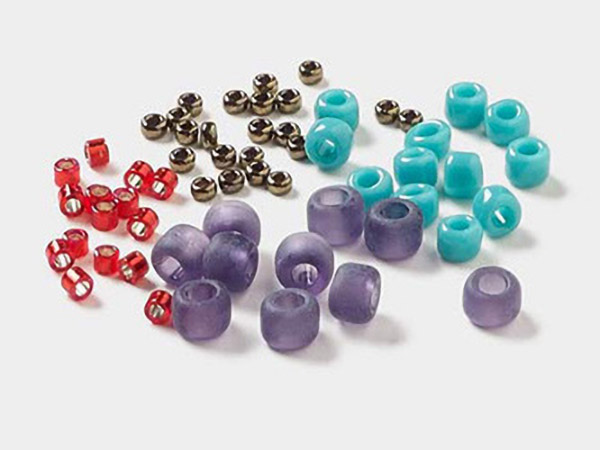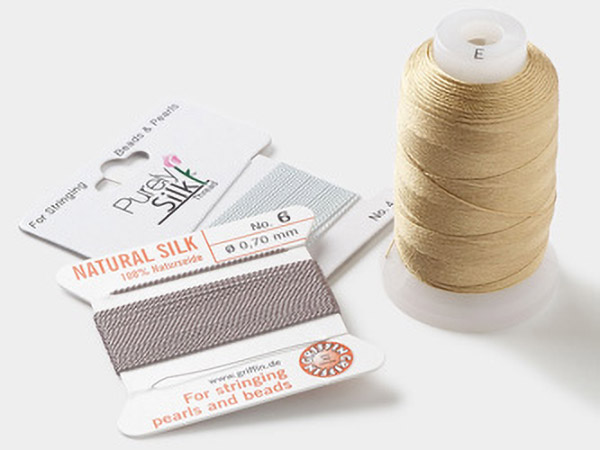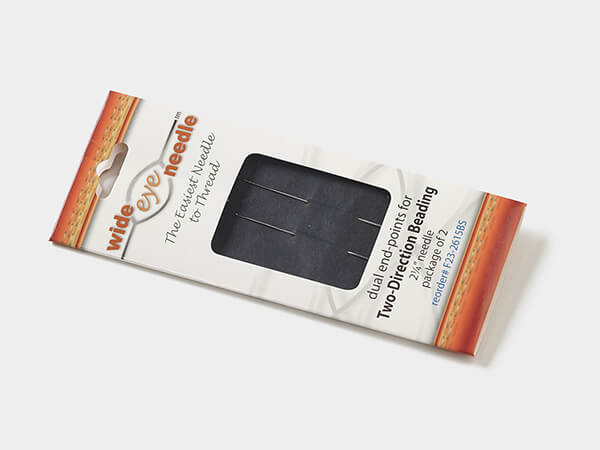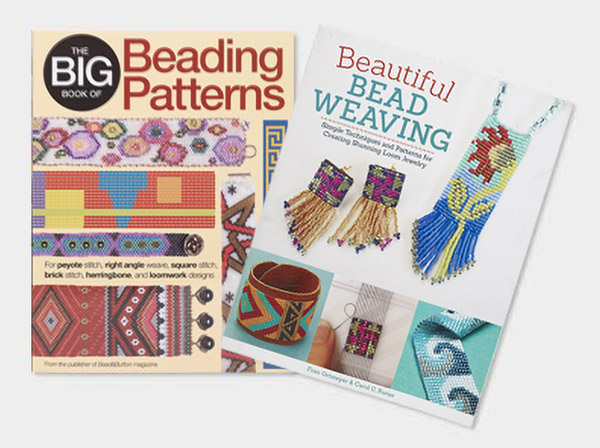Ask the Experts Protecting Seed Beads Q&A
I see that an artist's fixative is recommended for use on metallic seed beads. I assume this is for use on a finished piece--otherwise wouldn't the fixative plug the holes? Is it best to use a paintbrush to apply the fixative, to keep it from getting on other parts of the piece? And to apply it on one side, let it dry, and then apply on the other? Also, I once applied a fixative to larger beads, and found the next morning that it had become thick and dried on the bottom. What position do you recommend leaving them in for drying? Thanks.
- Sarah
Metallic and galvanized seed beads have a coated surface that will wear off with normal use; contact with chemicals and oils; exposure to sunlight; and are also susceptible to tarnishing. To extend the life of the beads finish, use a seal or fixative. Depending on the type of work used to create the seed bead design, it would be advisable to apply the fixative prior to stitching so your piece remains flexible.
Beads can be temporarily strung, a fixative applied and hung to dry. You can use a brush-on formula, such as Mona Lisa™ Metal Leaf™ sealant, or a spray-on option, such as SpectraFix™.
Finished seed bead projects and larger beads can also be sealed. Sealing will help protect the metallic beads against wear, fading and tarnishing, but sunlight is still the enemy so avoid storing or displaying in sunlight.
- Kristal Wick, Designer, Author and Jewelry-Making Expert
Shop for Your Materials Here:
Still can't find what you're looking for?
Submit Your Question





